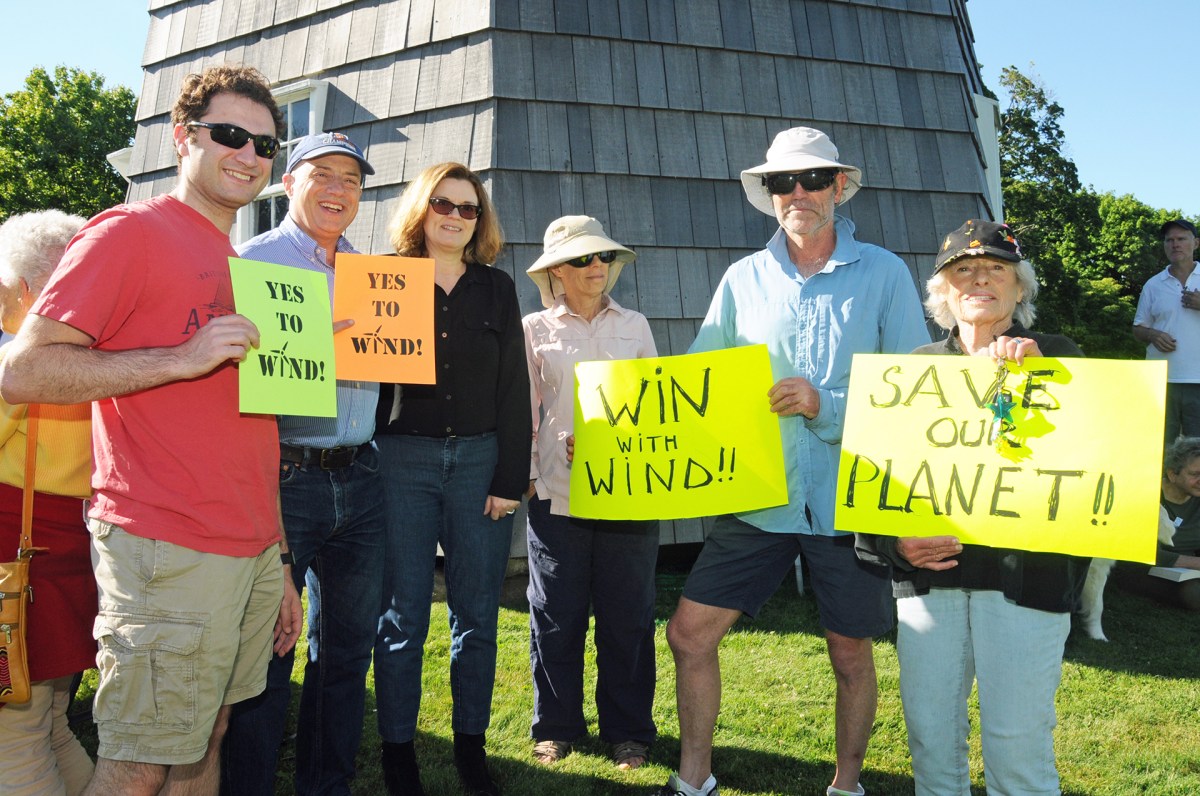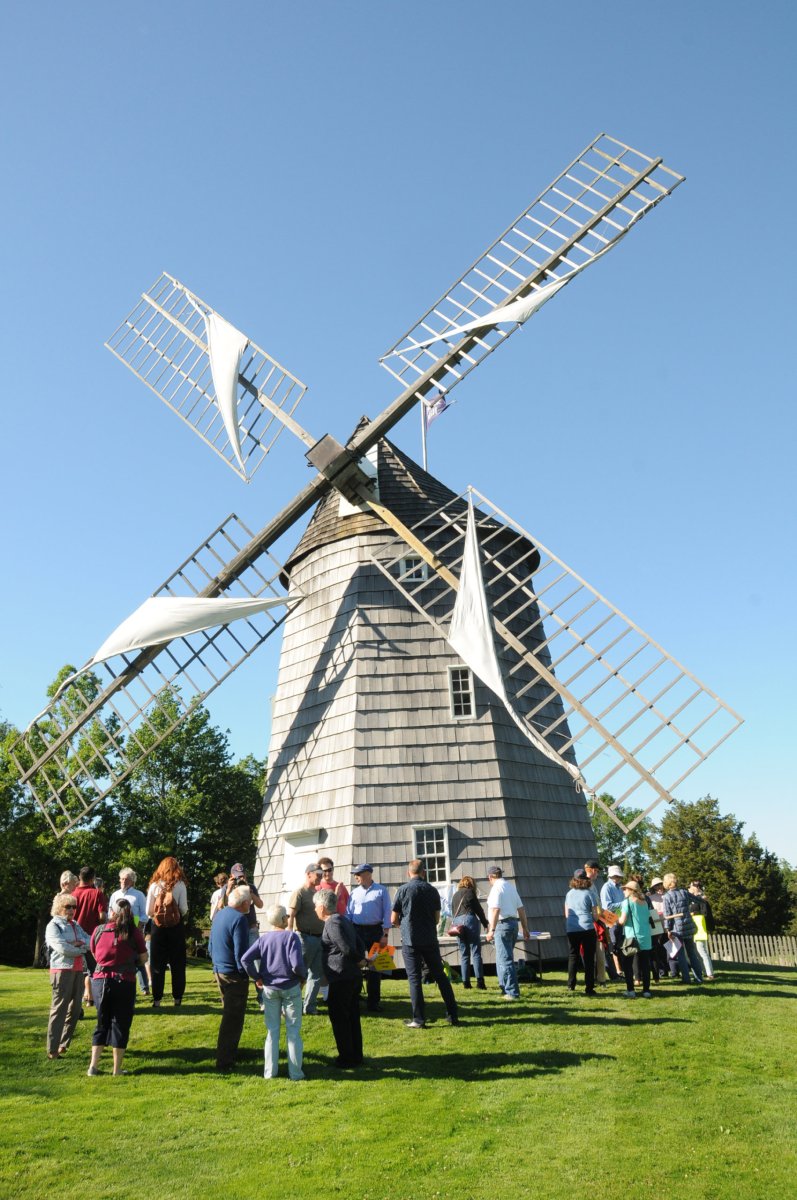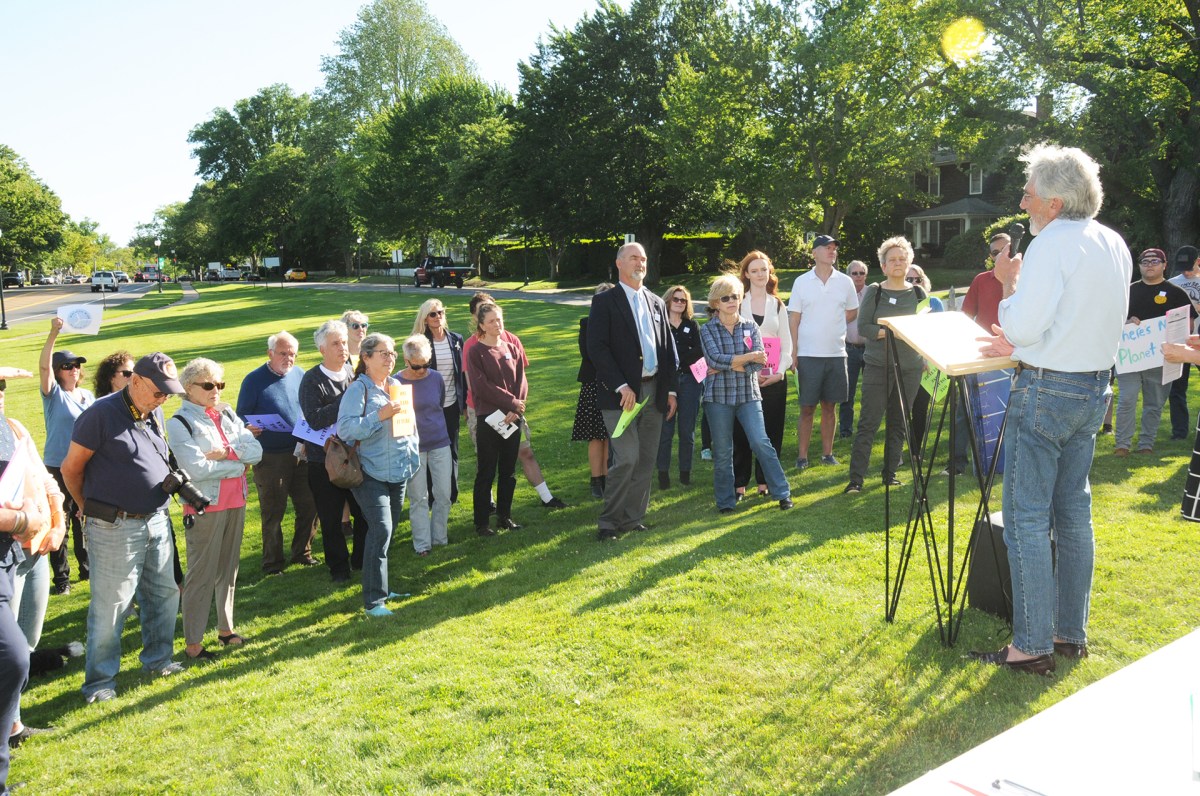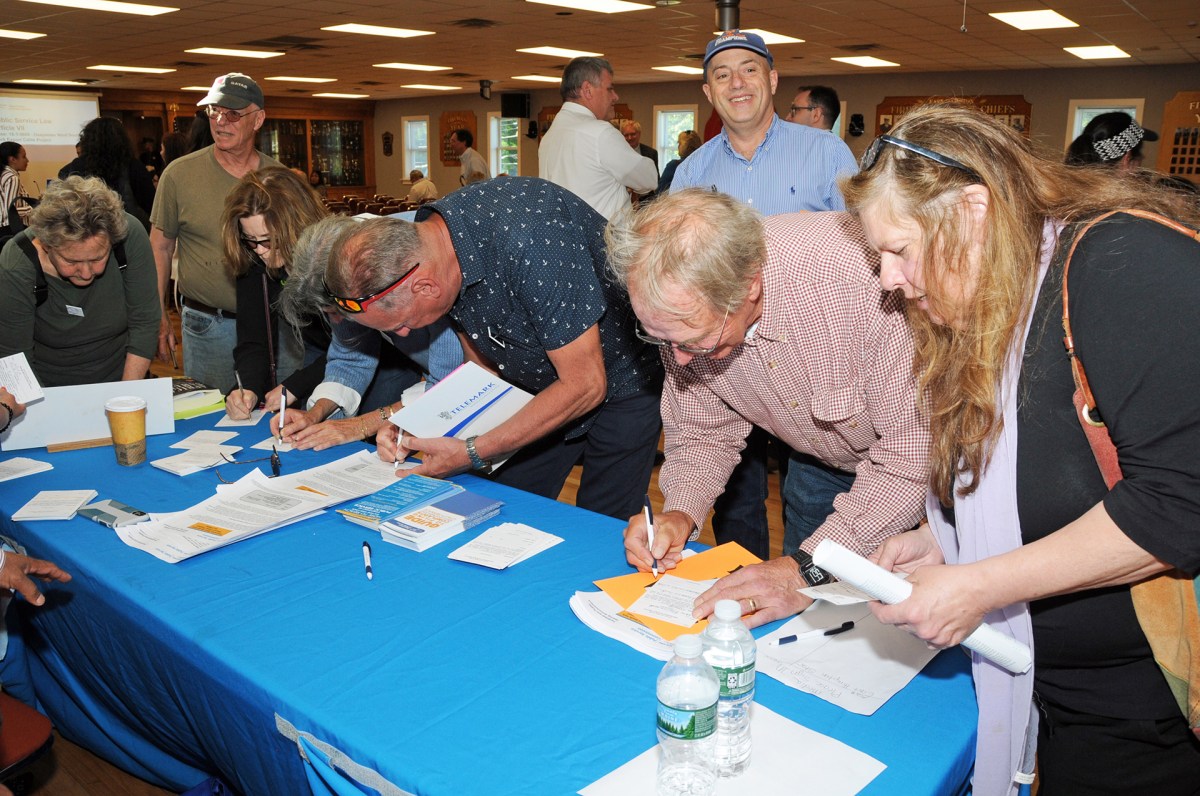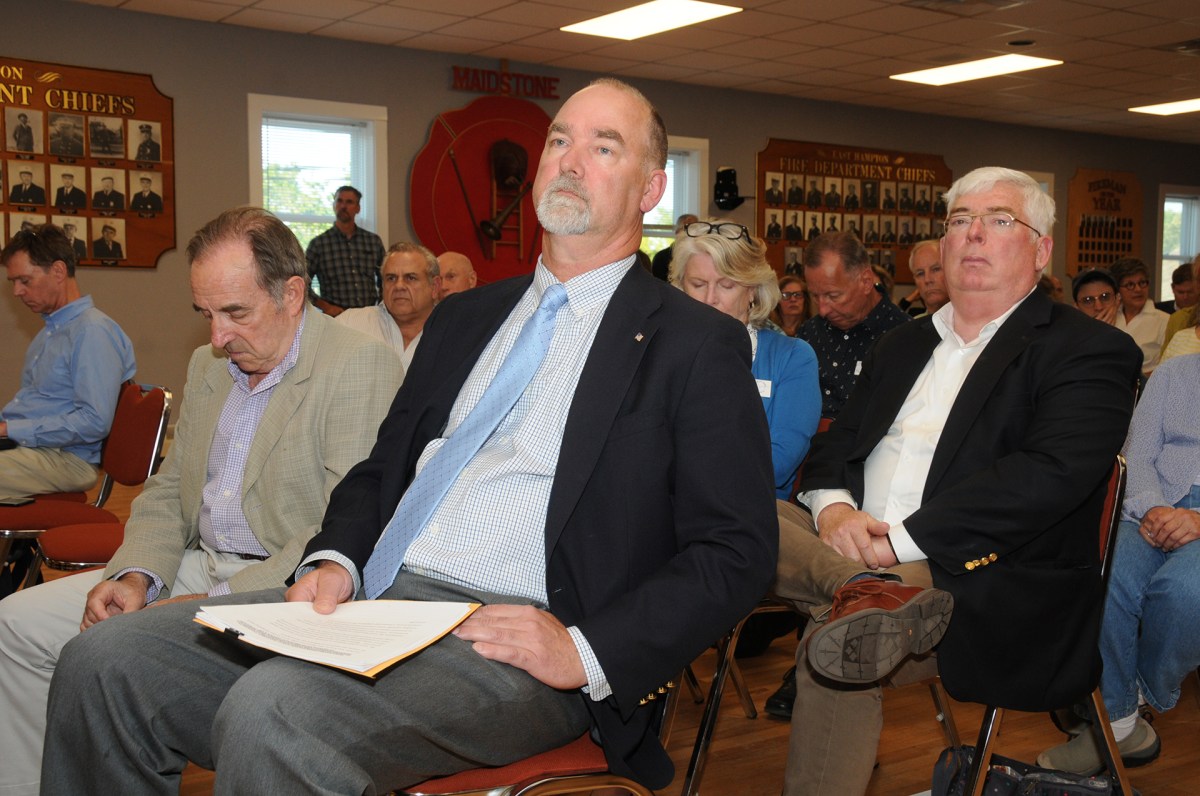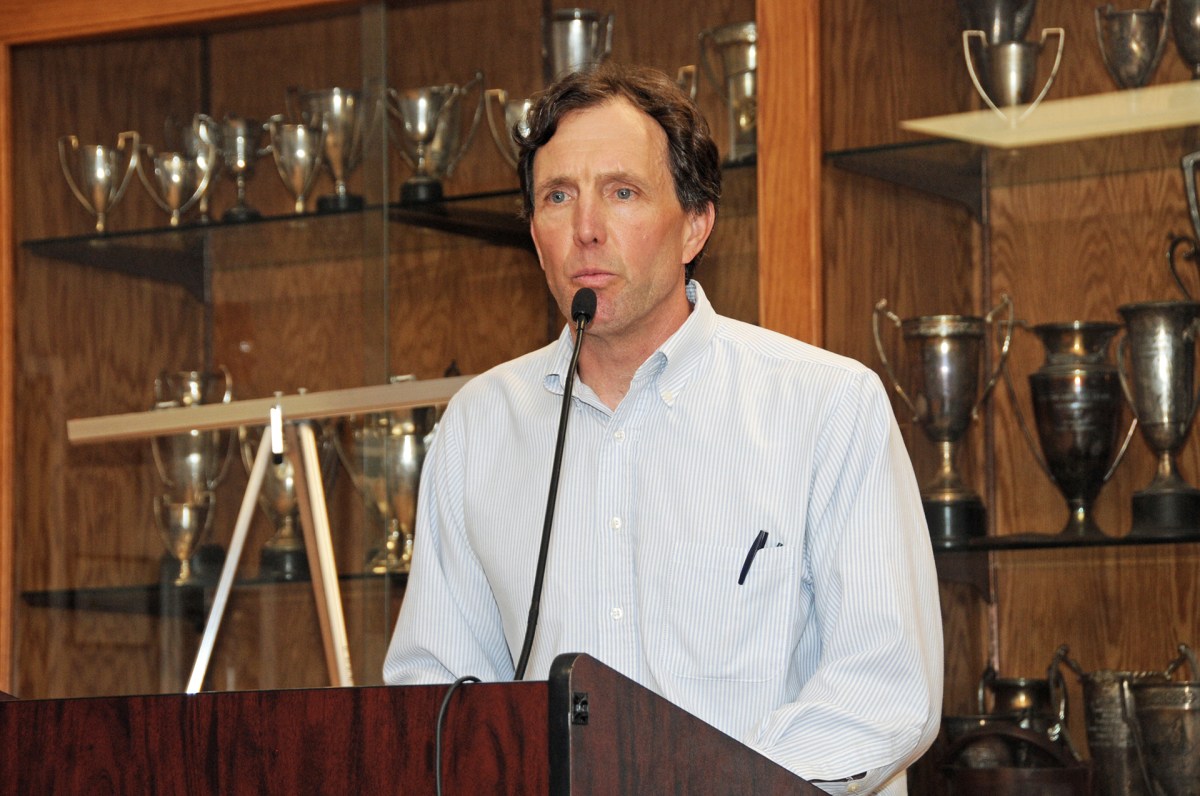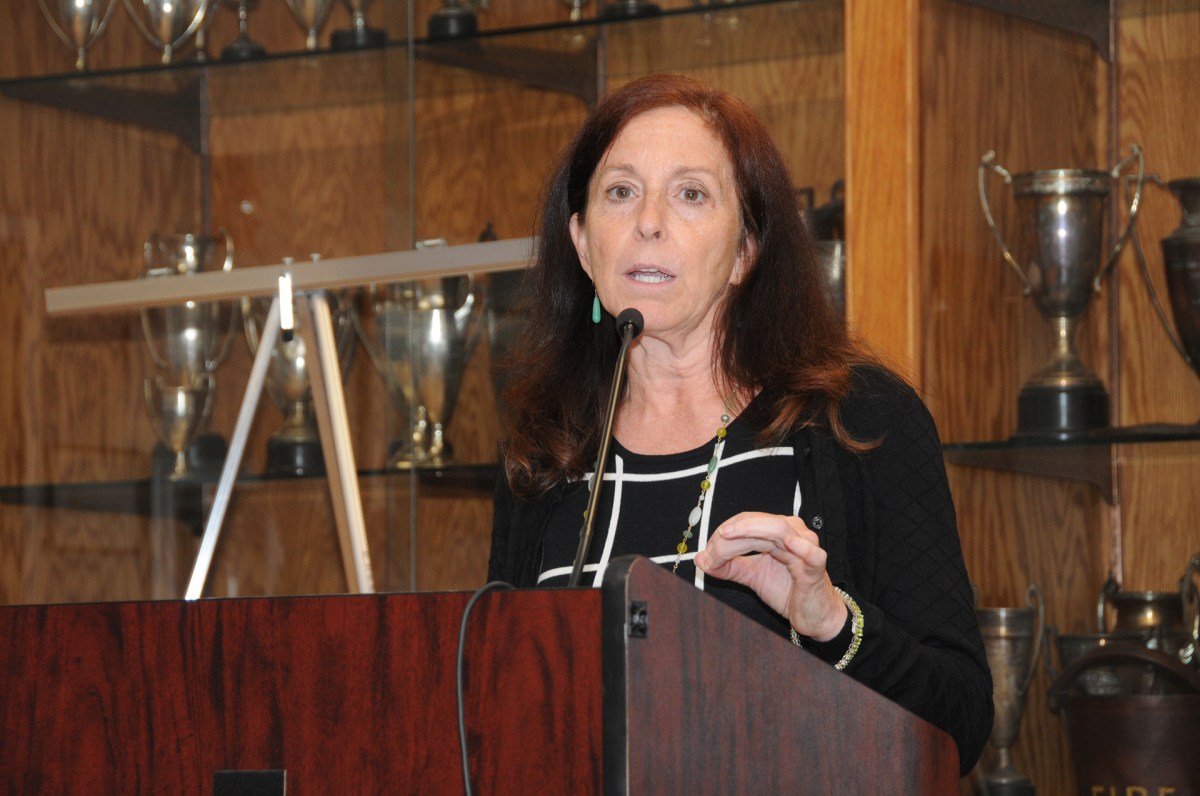State Officials Face Blowback Over Wind Farm
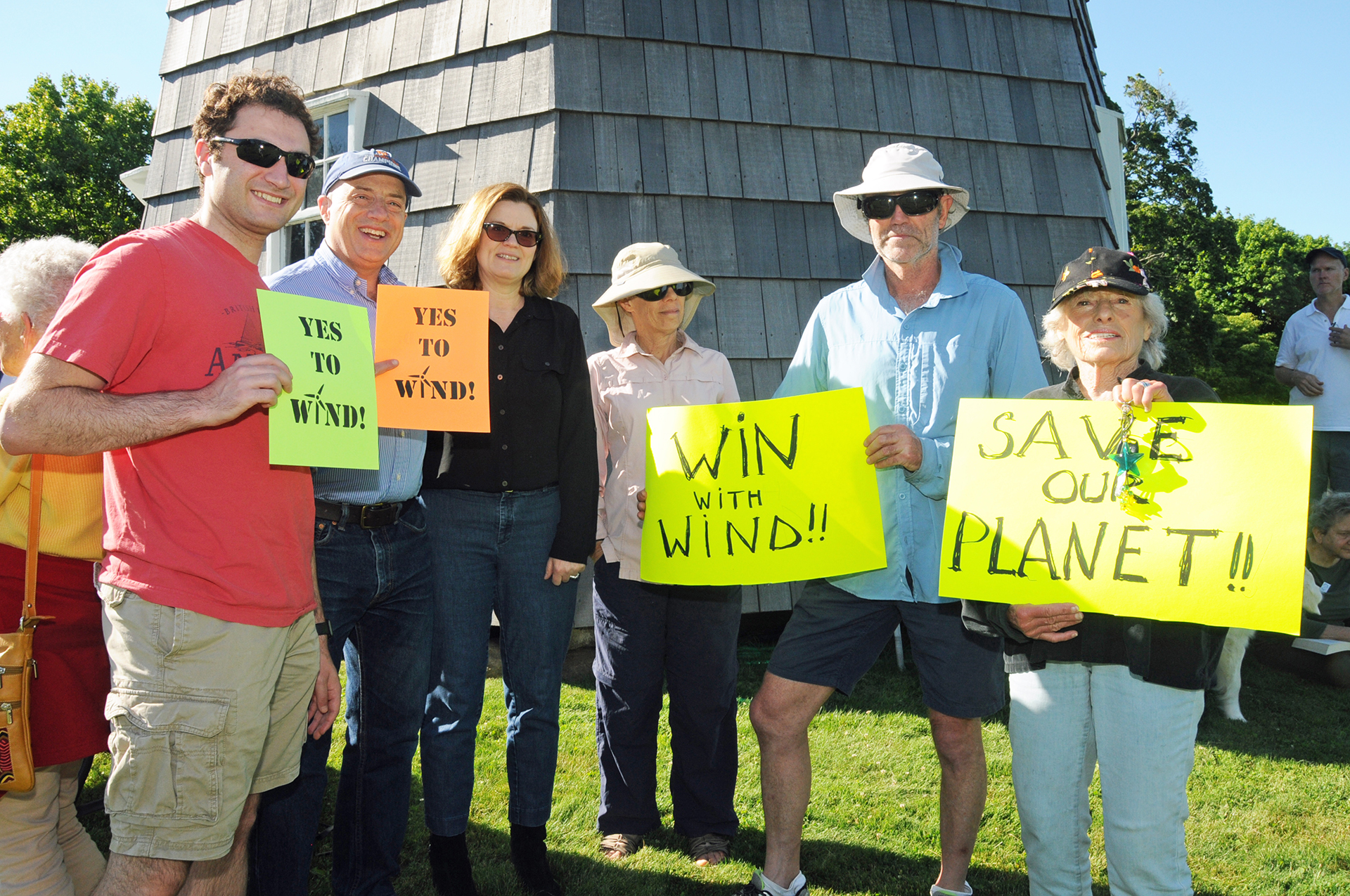

The first state-sponsored hearing on the South Fork Wind Farm project turned out to mirror other public discussions about the offshore wind farm: the community is deeply divided, not about the concept of wind-generated power, but how to bring it into town without disrupting the local environment.
Broken down further, residents of Wainscott, the tiny, bucolic hamlet that is ground zero for the project, are overwhelmingly opposed — some 1300 names dot a petition attesting to their resolve.
However, Adrienne Esposito of the Citizens Campaign for the Environment, speaking at a hearing conducted by the New York State Public Service Commission June 11 in East Hampton, said, “We’re in this together. It’s one island, one fight.”
Those who are for the wind farm — Ørsted has since purchased Deepwater — see it as the beginning of a new wave of environmentally friendly power-producing projects that will eventually end this country’s dependence on fossil fuel and help save the planet by doing so. In fact, the corridors of the Atlantic and New England are dotted with bottomland leases that will eventually house wind turbines.
Set against that backdrop, emotions run high, especially here on eastern Long Island, where a still vibrant fishing industry is threatened by the unknown consequences the wind project will have on the ever-threatened stock in the waters off Montauk.
The first group of speakers during the afternoon session, freshly scrubbed student-types with prepared statements, mirrored a recurring theme: clean energy trumps any temporary local disturbance and the fate of the Earth depends on a swift transition away from fossil fuel. It turned out the speakers were bused in, reportedly by the Sierra Club. There was some sentiment among other would-be speakers that with only 20 or so slots available, the state panel would have been better served by limiting speakers from any one group.
Esposito spoke directly to those concerned that the drilling to run cables in their neighborhoods would be disruptive and nodded to the billions of dollars being spent across Long Island to protect against rising sea levels. “All of those are mitigating climate change, but not one of them is addressing the problem,” she said. “It’s not going to be easy, and you might have to make a sacrifice.”
The Sierra Club also had a series of emails submitted to the Public Service Commission from its website — about 1000 by press time — which will be added to the permanent record. “As a New Yorker and a supporter of renewable energy, I am writing to urge the Public Service Commission to move forward expeditiously on the permitting process to ensure New York’s first offshore wind farm gets built,” it reads in part.
As it turned out, there was plenty of opposition voiced from Wainscott residents. Gouri Edlich pointed out the physical layout of Wainscott hardly lent itself to buried cables and a new power station. “It’s farming community. We have two beautiful ponds. We’ve taught our daughter about preserving the land,” she said.
Matt Malone worried about “EMF shielded in lead put into out ocean,” referring to electromagnetic fields.
Katarina Mesarovich, bemoaned “the industrialization of Wainscott.”
“We already have the airport, there is an industrial park being proposed, and now we have this large project, in this small community,” said Mesarovich. “Why would we risk our most valuable asset — the beach — for the price of one house?”
But Frank Dalene, a Wainscott resident, is not among the naysayers. He lambasted hamlet residents. “After it was announced the cable may land on Beach Lane, there rose up in the community, charlatans, purveyors of false information, and fearmongers. They rallied support in the community and gathered a following because the false information and fearmongering fit the narrative of NIMBYism,” Dalene, who is a member of the Wainscott Citizens Advisory Committee, charged.
Don Matheson concurred. He called the Wainscott group “whiners.”
Wainscott citizens were buoyed last week when Thomas Brostrøm, the president of Ørsted U.S., sent them a letter advising the wind company had heard their complaints and was taking them seriously. Brostrøm said the alternate site, at Hither Hills State Park in Montauk, was being more carefully scrutinized.
Should the latter become a reality, a pipeline underneath Montauk Highway would carry the power to Wainscott. That would require the cable to be buried right in the middle of Montauk Highway, the only road through the town to Montauk and one that sees heavy traffic , especially in the summer.
“I’ve lived on that road 76 years,” Elaine Jones told the throng. “There is one road in and one road out, and the traffic is horrendous.” Jones isn’t in favor of the project in any form, a sentiment echoed by Phyllis Italiano. “I’m all for wind power but not this project,” she said.
Perhaps not coincidentally, the Long Island Power Authority had revved up its plan to run a high-speed underground cable from its Shinnecock substation to Wainscott and hook it into the same system the Ørsted power is planned for. Though Ørsted is publicly sticking to its completion date of 2022, delays in the licensing process or litigation could throw that a plan a curve — and it may well prove a strikeout pitch: the LIPA cable would make the Ørsted power superfluous.
Assemblyman Fred Thiele issued a statement for the PSC record: “While the benefits of these projects are obvious, as we transition from fossil fuels to renewable energy, it is equally true that these projects have impacts. Deepwater has potentially substantial impacts to traditional industries and local communities,” Thiele wrote.
“Even with the urgency to provide renewable energy, we cannot ignore these potentially large environmental impacts. Rather, we must look at each project to ensure that not only does the project meet the goals of state energy policy, but that the project avoids adverse environmental impacts to the local host community,” Thiele added.
Fifty or so speakers had their say during the two sessions. Paul Fiondelo opined that this particular project “is not about the virtues of wind power.”
David Gruber, a candidate for East Hampton Town supervisor, complained, “Critical information remains secret. The public has a right to know.”
Si Kinsella, a Wainscott resident and vociferous critic of the wind farm, announced he has filed suit to force the state comptroller and LIPA to reveal how much they will pay Ørsted for the energy produced by the wind farm. All parties involved have so far refused to reveal the figure. (See related story in this issue.)
Several East Hampton officials including Town Trustee Rick Drew expressed concern about the project’s effect on the offshore fishing stock.
Anthony Belsito, a PSC magistrate, chaired the hearing.
rmurphy@indyeastend.com
